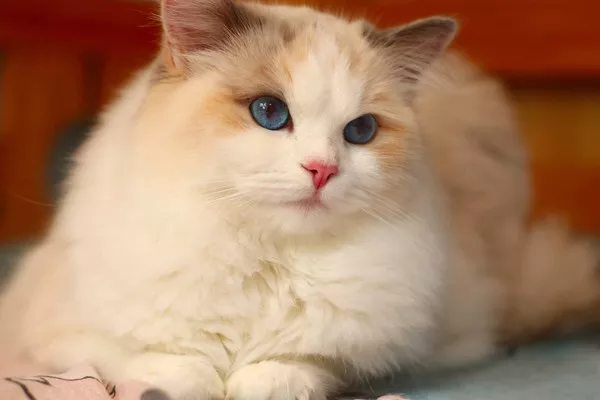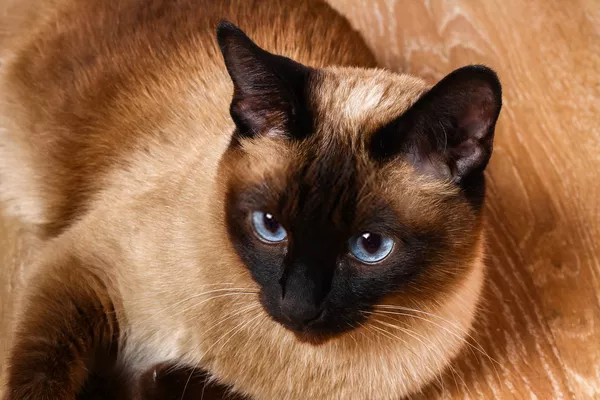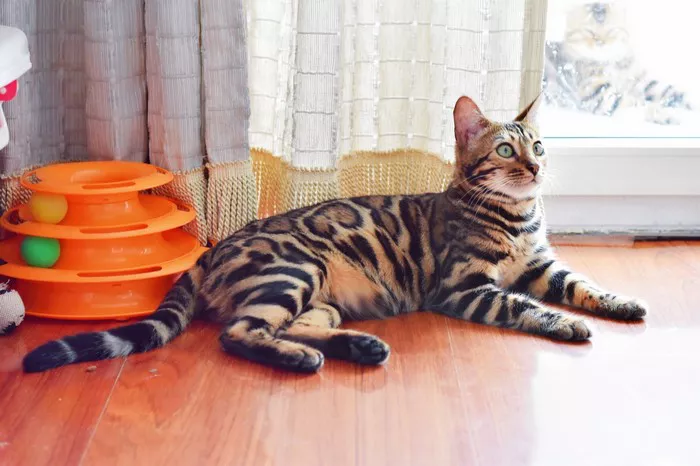Feeding your Ragdoll cat a balanced and appropriate diet is crucial to maintaining their overall health and well-being. As responsible cat owners, it’s important to establish a regular feeding schedule that meets the nutritional needs of these gentle and affectionate feline companions. In this article, we will discuss how often you should feed your Ragdoll cat, factors to consider when determining the feeding frequency, and tips for maintaining a healthy diet.
1. Understanding Ragdoll Cat’s Nutritional Requirements:
Before deciding on a feeding schedule, it’s essential to understand the nutritional requirements of Ragdoll cats. Ragdolls are generally large, muscular cats with a moderate energy level. They require a diet rich in high-quality protein, including meat-based sources, as well as a balanced intake of fats, carbohydrates, vitamins, and minerals. Consultation with a veterinarian can help determine the specific dietary needs of your furry friend based on their age, weight, and activity level.
2. Factors Influencing Feeding Frequency:
Several factors influence how often you should feed your Ragdoll cat. These include:
Age: Kittens have higher energy requirements and faster metabolic rates compared to adult cats. Consequently, they need to be fed more frequently, typically four to five small meals per day. As Ragdoll cats mature into adults, they can transition to two or three meals daily.
Weight and Body Condition: The weight and body condition of your Ragdoll cat play a significant role in determining the feeding frequency. Overweight cats might require portion-controlled meals at specific times, while underweight cats may need more frequent meals or larger portions.
Activity Level: Active, playful Ragdolls may burn more calories and benefit from smaller, more frequent meals to sustain their energy levels. Conversely, less active or senior cats may require fewer meals to avoid overeating and weight gain.
Health Considerations: Certain health conditions, such as diabetes or gastrointestinal disorders, may warrant a specific feeding schedule recommended by a veterinarian. It’s important to follow any dietary guidelines provided for your cat’s optimal health.
3. Establishing a Feeding Schedule:
Once you have considered the factors mentioned above, you can establish a suitable feeding schedule for your Ragdoll cat. Here are a few general guidelines:
Kittens (up to 6 months): Feed four to five small meals per day, consisting of a high-quality kitten food that meets their nutritional requirements. Provide a steady supply of fresh water at all times.
Adult Cats (6 months and older): Transition to two to three meals per day, based on your cat’s preferences and energy needs. Choose nutritionally balanced cat food formulated specifically for adult cats. Again, ensure a constant supply of clean drinking water.
Portion Control: Divide your cat’s daily recommended portion into equal servings according to the number of meals. This helps prevent overeating and maintains a healthy weight.
Consistency is Key: Cats thrive on routine, so strive to adhere to a consistent feeding schedule. Set specific meal times and avoid free-feeding to develop healthy eating habits.
4. Additional Feeding Tips for Ragdoll Cats:
To optimize your Ragdoll cat’s diet, consider the following tips:
High-Quality Cat Food: Choose premium, commercially available cat food that meets the nutritional standards set by reputable organizations like the Association of American Feed Control Officials (AAFCO). Look for ingredients such as real meat or fish as the primary protein source.
Wet vs. Dry Food: While dry food is convenient and aids in dental health, incorporating wet food into your Ragdoll’s diet can provide hydration and variety. Consult your veterinarian regarding the best combination for your cat.
Treats and Snacks: Use treats sparingly and opt for healthier options designed specifically for cats. Overindulgence can lead to weight gain and nutritional imbalances.
Avoid Harmful Foods: Certain human foods, including chocolate, onions, garlic, and grapes, can be toxic to cats. Ensure your Ragdoll cat’s diet is free from such potentially harmful ingredients.
Conclusion:
Establishing a proper feeding schedule for your Ragdoll cat is vital for their overall health and well-being. Consider the factors mentioned above, consult with a veterinarian, and prioritize a high-quality, balanced diet. By providing appropriate nutrition and maintaining consistency in feeding habits, you can ensure that your Ragdoll cat leads a happy and healthy life by your side.


























